Design Thinking has well earned its place in our world. Solving problems has always been a challenge. Discover the Importance of Design Thinking.
By
Philip Wallage
•
Dec 25, 2025
Thinking like a designer can renovate the way businesses create and develop their product offerings, processes, services, and strategy. It gives amateurs who cannot utilize creative tools access to tackle a wide array of challenges. It combines what is preferable in a human being's opinion with all the economically viable and technologically feasible things. This human-focused approach to modernization is known as "Design Thinking." BTNG is a Holland-based digital agency that imperatively focuses on providing unique solutions to remarkable people and companies. Our job is to help companies accomplish all their business objectives by implementing the terrific concept of DesignThinking. With our superb customer-centric approaches and brilliant expertise, you and your company are bound to experience valuable results. The work processes of Design Thinking have instantaneously been adopted by the world's most leading brand names. They are also being included in the curriculums of the most top governing universities and schools worldwide. However, all this information is irrelevant if you are absolutely clueless about Design Thinking. So, what is Design Thinking and what makes it so popular? Read our Design Thinking blog to learn all about Design Thinking.
What is Design Thinking?
A modern world requires modern ways of working, and Design Thinking is the new and improved creative problem-solving method. Design Thinking uses its human-centric essence in encouraging businesses to focus on the users they create for. Its primary notion is to ponder over the first and foremost area of concern, "What is the human need behind it, and how can they benefit?"
The reiterative process of Design Thinking enables you to comprehend users, test assumptions, and redefine issues to find out alternate solutions and strategies which might seemingly be unapparent at the time with the initial comprehending level. The cutting-edge problem-solving process is embedded in a cluster of skills. Design Thinking is the ultimate solution-based tactic to solve all your problems. It is a unique way of working and thinking, as well as an assortment of hands-on techniques.
What makes it even more remarkable is its designer work processes. The processes help us methodically extract, learn, teach, and apply all the human-focused methods. They then innovatively and creatively resolve problems in our designs, organizations, countries, and every aspect of our lives.
The most renowned worldwide brands like Google, Apple, General Electric, and Samsung have promptly implemented the exemplary approach of Design Thinking. Some of the most well-reputed universities and schools such as Harvard, Stanford, MIT, etc., have also started to teach the Design Thinking principles.
Design Thinking takes a keen and profound interest in formulating an understanding of human beings for whom you design product offerings, services, and ideas. It is an excellent way for you to observe and empathize with the target users. In other words, Design Thinking assists in the step-by-step procedure of questioning the problems, assumptions, and implications.
The processes help us methodically extract, learn, teach, and apply all the human-focused methods. They then innovatively and creatively resolve problems in our designs, organizations, countries, and every aspect of our lives.
This approach is constructive for solving new and ill-defined problems and uses a variety of techniques in doing so, such as:
Formulating a horde of ideas during brainstorming sessions.
Understanding the concerning human needs.
Re-framing problems in human-centered ways.
Implementing a practical approach in the prototype and testing phases.
It also entails ongoing experiments like assessments, sketching, prototyping, and testing with different ideas and concepts.
The Emergence of Design Thinking
Though the approach of Design Thinking has existed for decades, it evidently got its grip outside the design community ever since Tim Brown's (President and CEO of IDEO Design Company)Harvard Business Review article titled "Design Thinking" was published in 2008. Since then, design thinking has started being applied to creating and developing new products, services, and ideas. It is also deemed one of the most sought-after techniques to solve a variety of problems, from building a business model for the sake of solar panels in Africa to handling Airbnb's operations.
Why it Matters
As easy as it is to come up with ideas, the most challenging part is developing an idea that can actually work. Coming up with the most appropriate set of ideas requires time and effort. WithDesign Thinking, starting from the very beginning and disposing of what you assume you know can create a room of endless possibilities.
How it works
On higher levels, the process of design thinking involves a couple of simple steps.
Try to understand the problem and its root causes.
Explore a vast array of all the probable solutions.
Repeat it comprehensively via prototyping and experimentations.
Employ it via traditional deployment mechanisms.
These steps are typically associated with skills that enable you to use your creativity to solve real-world problems more effectively. These skills are easy to learn but, like all other things, require effort. For example, it is crucial to put aside your individual preconceptions while trying to comprehend a given problem, but that is incredibly challenging. The key to formulating feasible solutions is to do some creative brainstorming beforehand.
It is also vital to be engaged in modeling, analyzing, prototyping, experimenting, and learning from continuous repetitions throughout the process. These skills can be applied in solving industry-related and daily life problems only after you master the core skills of the DesignThinking Process.
The Sweetest Spot of Innovation
As mentioned above, the concept of design thinking applies to combining the
things desirable from a human perspective with economically feasible and
technologically viable things.
The process can only begin once the right set of questions and action course has been determined. Amidst the feasibility, desirability, and viability aspects lies a tiny intersection point, categorized by the figure's shaded grey area.
This intersecting point is where Design Thinking lives, ultimately leading you to the sweetest spot of innovation. Moreover, it serves to be the most valuable design method for organizations.
Design Thinking and its Applications
The strategies and techniques of Design Thinking are for everybody and is applicable at allbusiness levels. Design Thinking is not entirely the property of engineers and designers. Just because it is termed "Design Thinking," its applications are not only limited to the field of designing.
On the contrary, it is being practiced by some of the greatest visionaries in music, art, literature, business, and science as we speak. Whichever industry you work in or whatever role you play,Design thinking is pretty much applicable everywhere. Whether you are working in the education, government, business, or non-profit sectors, design thinking enables you to formulate pioneering solutions based on your customers' needs.
It also applies to all sorts of freelancers, social and creative workers, and forerunners who are on the lookout to infuse the concept of Design Thinking at every organizational level, product, or service to steer newer and better alternatives for society and business.
How Design Thinking helps your business or team
It enables you to better comprehend the pending needs of users you create your products and services for. This includes users like students, clients, customers, etc.
It helps in generating groundbreaking solutions instead of only incremental ones.
It alleviates the risks associated with introducing novel ideas, product offerings, and services.
It enables you to learn and repeat quicker.
The Phases of Design Thinking
To help you understand how the Design Thinking Approach works, we shed light on the 5-stagemodel of Design Thinking that the Hasso-Plattner Institute of Design at Stanford proposed.Introduced by the leading university in teaching the principles of Design Thinking, these 5phases are a sure-fire way to solve problems. The 5 stages of Design Thinking are:
Empathize – Do research on the needs of your users.
Definition of the problem – State the issues and needs of your users.
Ideate – Challenge suppositions and formulate ideas.
Prototype – Start creating solutions.
Test – Test your solutions.
Understanding these 5 critical stages will indefinitely empower anybody to apply design thinking methods in solving complicated problems occurring around us in our firms, countries, and the entire planet.
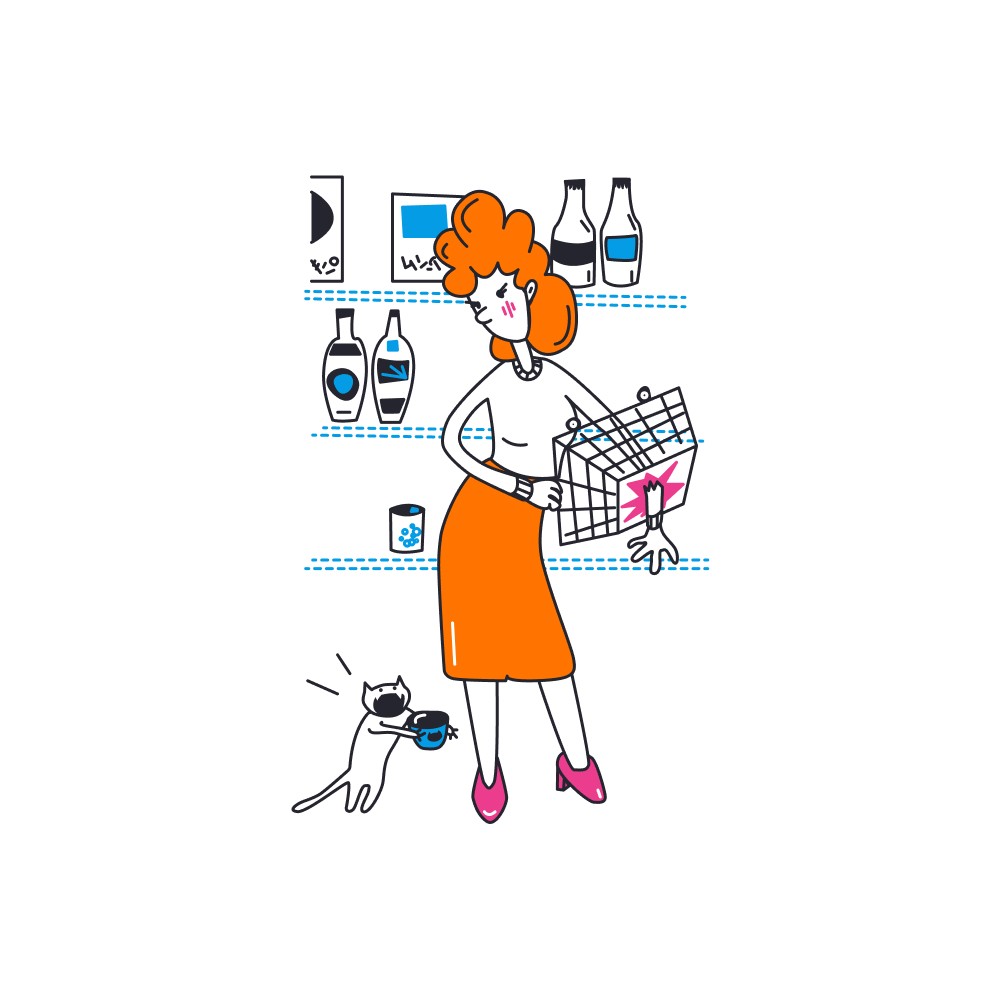
1. Empathize
In the initial stage of the Design Thinking approach, it is essential to understand the problem you are attempting to solve with empathy. This includes consulting professionals to get an in-depth insight regarding the areas of concern. Observing, empathizing, and communicating with people can help you better understand their motivations and experiences.
It also permits you to immerse yourself in a realistic environment around you and gain a profound understanding of all the issues. Empathy plays a vital role in a human-centric design process like Design Thinking. This way, design thinkers can get more insight into user needs rather than make worldly assumptions of their own. Based on time limitations, a significant amount of data is collected in the first stage. This horde of information will be used in the nextstep in developing a detailed understanding of your users, their requirements, and the underlying issues of a specific product.
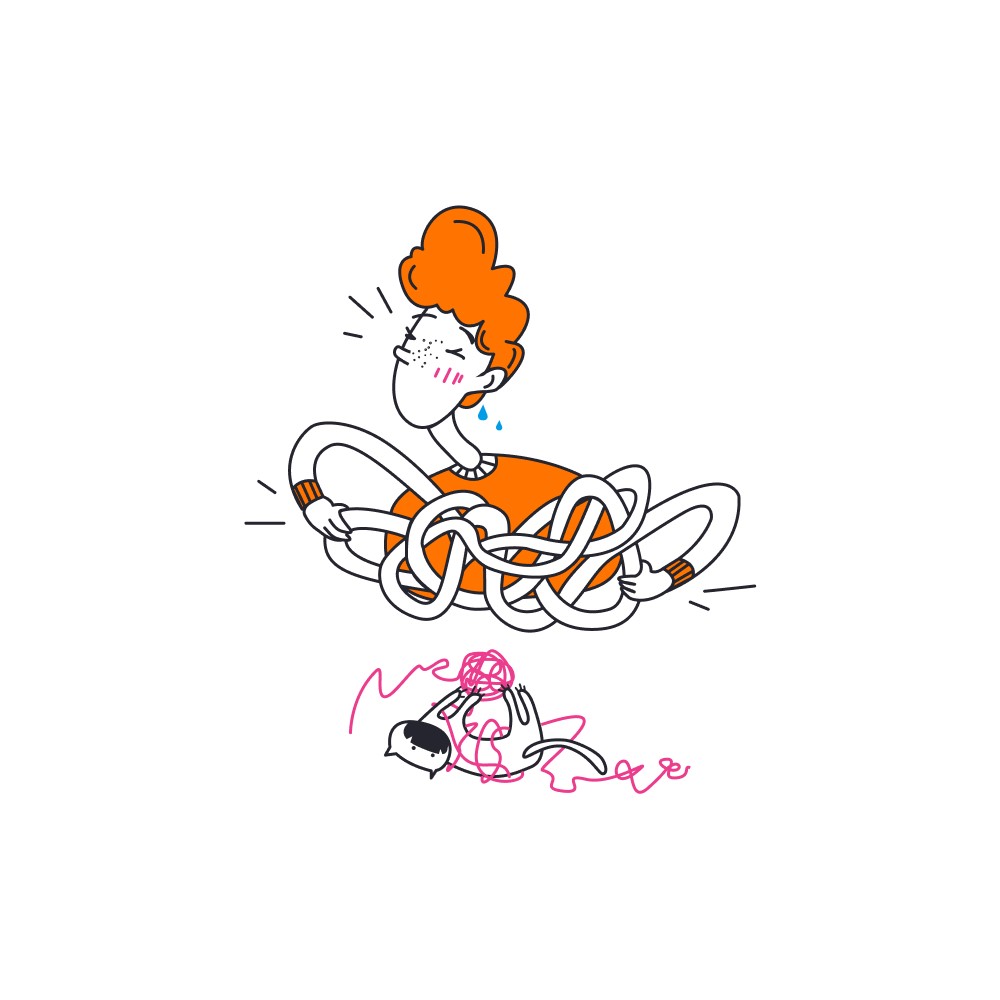
2. Define
The second phase is all about defining the problem. In this step, you will need to accumulate and piece together all the bits of information you have collected in the former Empathizing stage.This is where you will examine the observations and combine them in an orderly fashion to define the principal problems that your team has acknowledged as of now.
Note that you need to determine the issues in a human-focused style. The right way to quote the definition of the problem would be to generalize it rather than portraying it as a personal wish ora need of the organization.
The "Define the Problem" stage will help the designers in your company muster up some great ideas in establishing functions, features, and other essential elements. These will assist them in problem-solving, or at a bare minimum, enable users to effortlessly solve problems independently. The Define stage prepares you to move forward to the 3rd phase, i.e., Ideate.Here, you can question yourself regarding things that will eventually help you in seeking ideas for solutions.
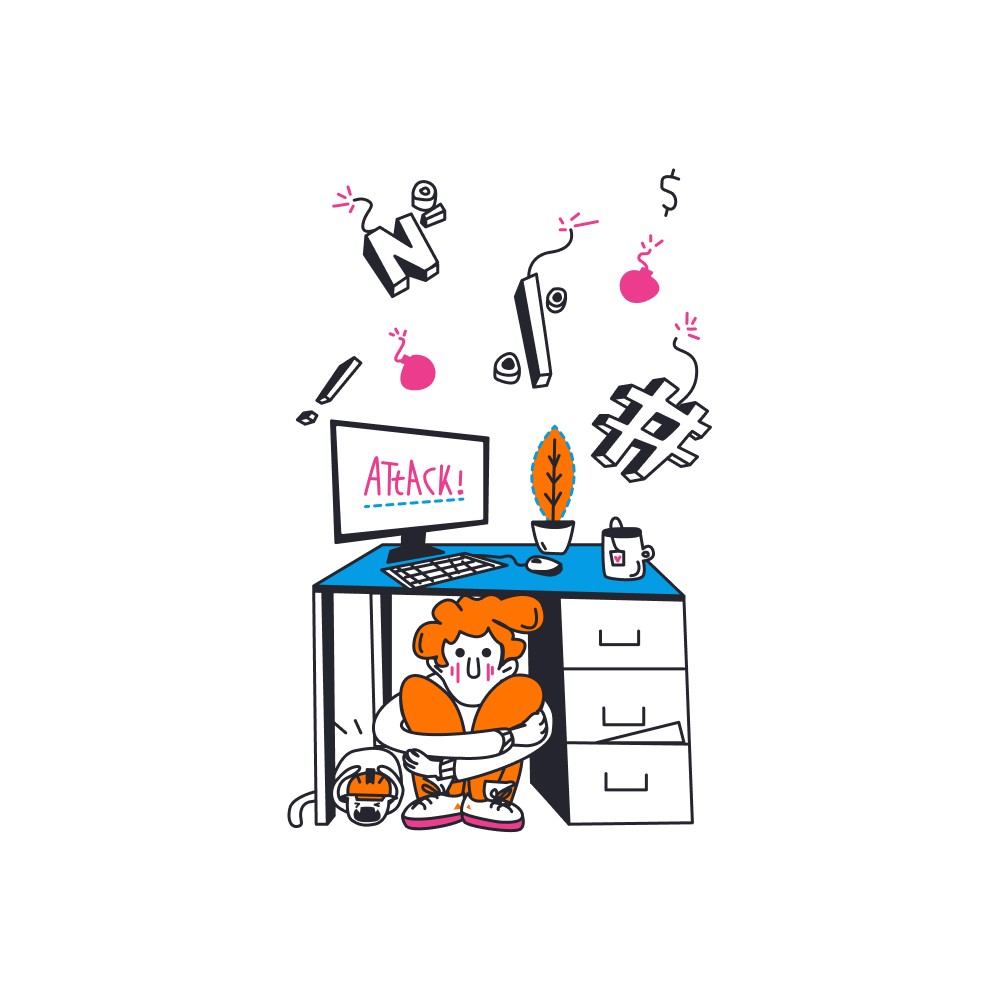
3. Ideate
In the 3rd stage of Design Thinking Methodology, your team of designers is prepared to generate ideas. By this point, you are familiar with your users, understand their needs, have examined and combined your observations, and derived a human-focused problem statement.
With a solid background like this, you and your team can begin to think innovatively in identifying novel solutions to the problem statement you have defined earlier. This is the step in which you will seek alternative ways of understanding and observing the stated problem.
There are dozens of ideation methods that can be used for this process. Some of these Ideation methods offer sessions that are used for expanding problem space and inspiring free thinking.
The more problem solutions and ideas you can derive at the commencement of this phase, the more likely you will solve the problem statement. By the end of the Ideate phase, you should choose various other ideation techniques to assist you in investigating and experimenting with your ideas. This way, you can come across the best method to resolve a problem or offer the constituents needed to evade it.
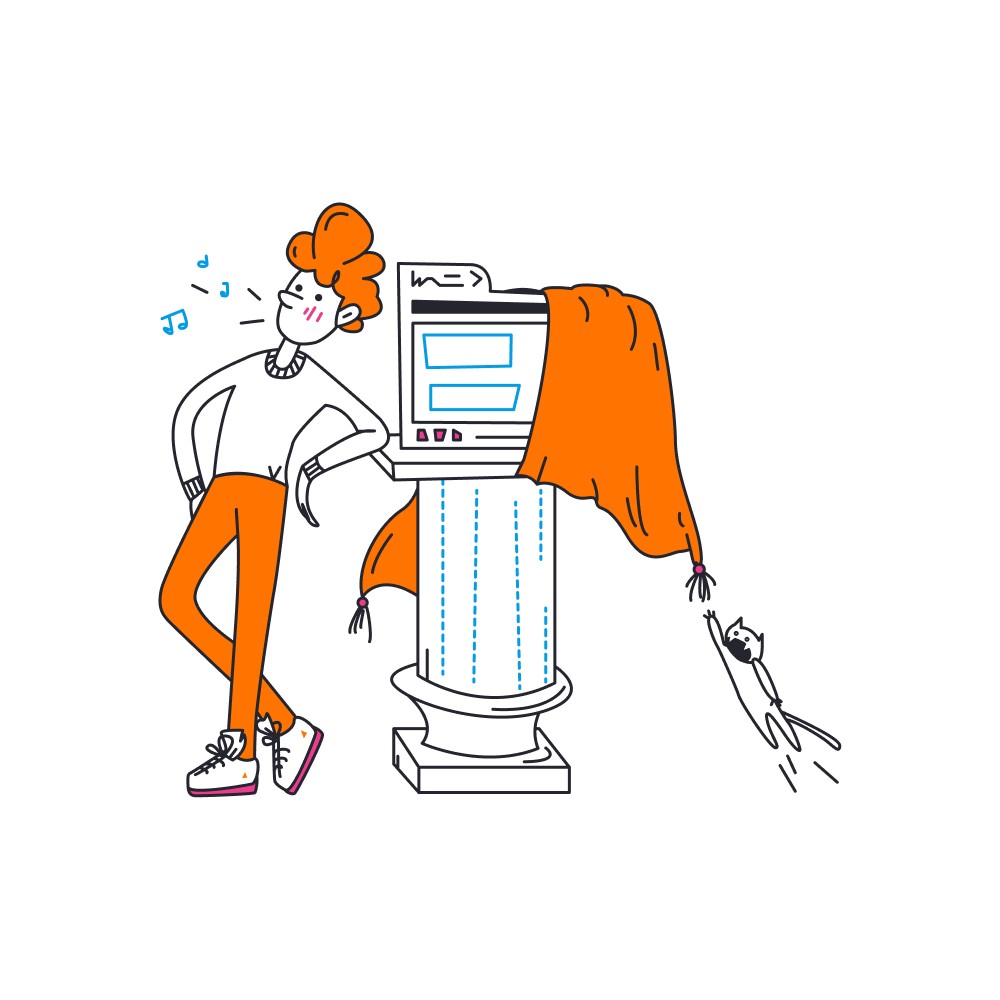
4. Prototype
Your design team will now manufacture a specified number of cheap and scaled-down editions of the product offering or specific features that define the product. This enables them to examine the problem solutions that were created in the third stage.
You can share and test the product type on anyone, such as your own team, in other departments, or on a tiny gathering of people outside your design team. A prototype is an experimental rung, so the primary aim is to find the best and most feasible solutions for all the identified problems.
The solutions are applied within these prototypes and are examined one by one. These solutions will either be accepted, disapproved, or enhanced and re-investigated based on users' overall experience.
At the end of the prototype stage, your design team will develop an improved idea of the product's constraints and the existing problems. It also gives you a clear picture of your users' thoughts and feelings about your prototype and how they will behave and interact with the final product.
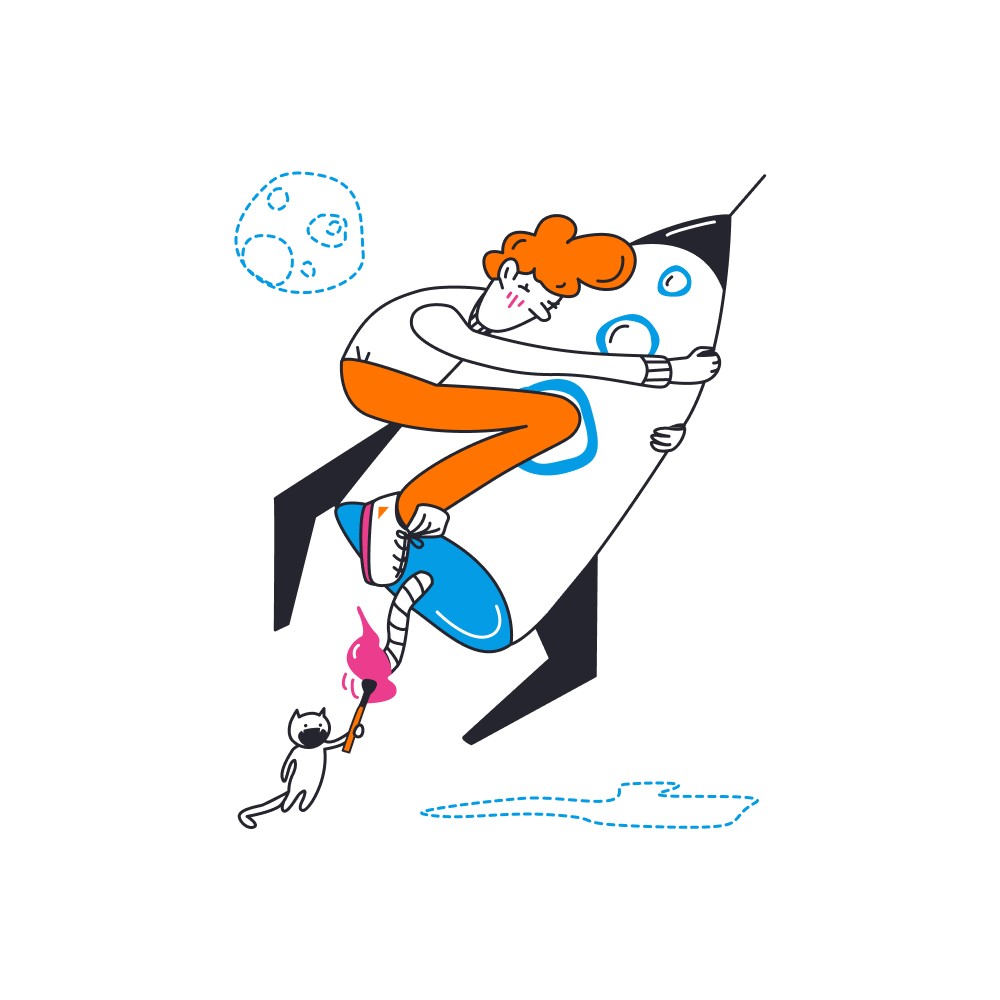
5. Test
In the last and final stage, evaluators and designers will test the whole product rigorously by implementing the previous phase's best solutions. Since Design Thinking is a repetitive process, the testing phase results will frequently be used to redefine additional problems and notify users' understanding, conditions of usage, how people feel, behave, think, and empathize.
Even though testing is the final phase of this 5-stage model, it will often undergo rigorous tests.Even during this stage, the design team will be making refinements and modifications to rule out the irrelevant problem solutions and derive a profound understanding of the product and its end-users.
Design Thinking: A Non-Linear and Iterative
Process
This was a mere outline of a relatively straightforward and linear process of Design Thinking where one rung follows the next with a logical assumption at user testing. Contrariwise, the process is practically performed more flexibly, in a non-linear fashion. For instance, different groups in a design team can administer more than one stage simultaneously.
Sometimes, the designers may gather information and create prototypes during the whole project to bring their ideas to existence and envision the solutions. The test phase results might also disclose insights about the product users, resulting in another brainstorming session (Ideate) or creating new prototypes (Prototype).
The point is that Design Thinking is non-linear in nature; hence, it is essential to note that these 5stages do not always have to be in a sequence. They typically occur correspondingly, are repeated in iterations, and do not seemingly have to follow a specified order.
The best thing about this 5-stage Design Thinking paradigm is that it examines and regulates the five phases that you can typically expect to perform in any design project. It is also applicable for any novel project that requires problem-solving. Every project entails activities explicit to the products under progress. Still, the central concept behind each rung stays the same.
The Flexibility of Design Thinking
Design Thinking should not be viewed as a firm and fixed tactic to design. It is essential to know that these phases have the flexibility to be switched or iterated many times to acquire the most enlightening and useful insights for your design project and identifying the most feasible solutions. One of this model's primary benefits is how insights from the later stages can serve asfeedback for earlier stages.
The information is used continuously to comprehend the stated problem and solutions and restate the issue(s). This formulates a loop and enables designers to get new insights, create novel ways of looking at the product, identify its potential uses, and develop a deeper understanding of users' problems.
Customer Journey and Customer Discovery
The majority of the most renowned Design Thinking discovery process methods narrate to classifying the job that has to be done. These amended methods from the educational fields of sociology and ethnography focus on investigating what makes for a significant "CustomerJourney," which is another expertise of ours. The process of this exploration comprises three significant clusters of activities.
1. Immersion
Traditionally, customer research has continued to be a somewhat neutral practice. Skilled experts who have a set of existing theories regarding customer preferences, surveys, focus group review feedback, and any data on the present consumer behavior can likely draw up interpretations about their needs. The point is data collection from various means can result in better inferences.
The only problem is that the data reflects and supports them only in the needs that have already been voiced. It enables them to view data via the lens of their own predispositions, rather than recognizing the customer needs that customers have yet not expressed. Design thinking tries to implement a distinctive approach. It attempts to seek the hidden customer needs by having visionaries live the customers' experiences.
2. Sense Making
Immersing yourself in the customer's experiences will offer you just the raw material for more profound insights. On the contrary, finding a similar pattern and making sense of the horde of qualitative and quantitative data you have gathered is incredibly exhausting and challenging. The initial eagerness about ethnographic and social tools' outcomes tend to dwindle as non-designers get dazzled by the sheer amount of data and the chaos of looking for more insights.
This is the part where the Design Thinking structure starts to fall into place. Learn more about our expertise in Qualitative and Quantitative Research. A highly effective method for making sense of the mass knowledge produced via immersion is a Design Thinking practice known as"Gallery Walk."
Here, the principal innovation design team chooses the most essential information collected during the discovery period and jots it down on enormous posters. These posters exhibit people that have been interviewed, along with their pictures and quotes seizing their viewpoints. The chief stakeholders are invited to take a tour of the room where these posters are hung.
These stakeholders are supposed to make notes on the pieces of information they deem significant to novel designs. This formulates a shared database and assists their ability to reach mutual insights, interact, and challenge each other's unique perspectives.
3. Alignment
The last stage in the customer discovery process follows a succession of seminar discussions and workshops that question you around the lines of what job can the design team do best. Instead of the restrictions enforced by the status quo, the emphasis on possibilities aids diverse groups in having more creative and collaborative discussions on the design standards or the main features that the ultimate innovation should contain. Starting an investigation intensifies the discontentment with the status quo. This eases the process for teams to reach a mutual agreement throughout the entire innovation process.
Wrapping Up
In a final wrap up, we would like to conclude that Design Thinking is an incredibly flexible, non-linear iterative process focused on creating solutions that can help solve the everyday problems and issues you face. The label of Design Thinking is far from being a myth. It is a definition of applying tried and tested processes to new and unmet opportunities and challenges, utilized by users from the design and non-design qualifications.
Get Your Free Digital Innovation Session with BTNG
Claim your digital innovation session with BTNG at the cost of, well, nothing! During your free (virtual) consultation, our experts will have a detailed discussion with you regarding the following areas:
Your innovation objectives.
The strategies we use in assisting our clients in growing or adapting their businesses.
The insights and questions you need to generate a significant impact on your organization.
How BTNG's methodology (the same procedure we use for LEGO, ADIDAS, FD, and ANWB) can be applied to your own business in the best possible way.
The technical, cultural, and practical considerations that can obstruct you from experiencing business growth.
Latest Blog Posts
More articles
Top Reasons Why Customers Abandon Checkout and How to Resolve Them
Discover key reasons why customers abandon checkout and actionable strategies to improve your conversion rates. Read the article to enhance your sales!
By
Philip Wallage
•
Dec 25, 2025
European Accessibility Act Ecommerce: Complete Compliance Guide for Online Retailers
Discover key strategies for ensuring your ecommerce site complies with the European Accessibility Act. Read the article to enhance your online inclusivity.
By
Philip Wallage
•
Dec 25, 2025
Abandoned Cart: Best Strategies to Recover Lost Sales
Discover practical strategies to decrease abandoned cart rates and increase sales. Read the article for actionable tips to enhance your e-commerce success.
By
Philip Wallage
•
Dec 25, 2025



